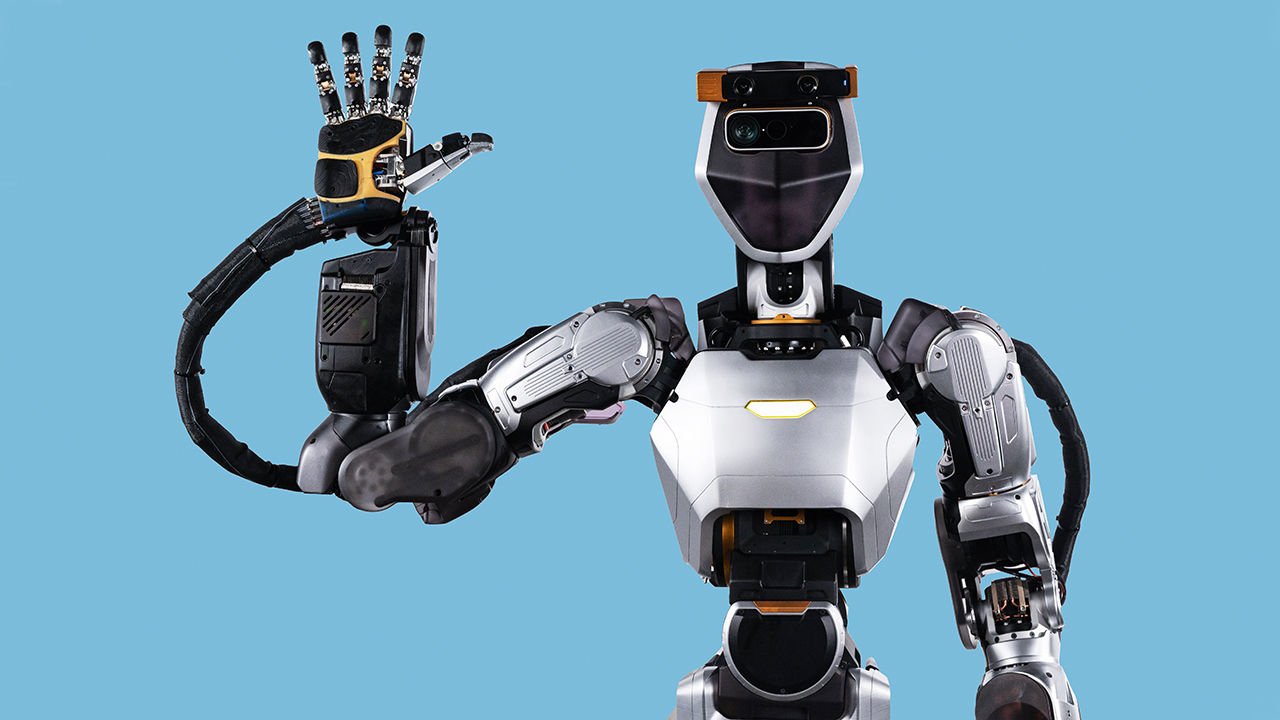The Amazing Science Behind Robots Getting Smarter By Repairing Themselves!
In a ground breaking study from Columbia Engineering, robots have learned to repair themselves by simply observing their own movements. This innovative approach allows robots to adapt and continue functioning even when damaged, revolutionizing how robots interact with their environment.
A Self-Learning System
The key to this breakthrough lies in the robot’s ability to watch itself move with a camera, essentially creating a “mirror” to learn about its own body. Yuhang Hu, a student researcher at Columbia University’s Creative Machines Lab, compares this process to humans learning to dance by looking in a mirror. “We want robots to understand themselves, adapt to problems, and learn new things without humans always telling them what to do,” says Hu.

The Traditional Way vs. The New Approach
Traditionally, bots practice movement in computer simulations before attempting it in the real world. While simulations are effective, they require extensive work and expertise to create. This new method, however, allows robots to generate their own simulations by observing their movements through a camera. The robot then uses smart computer programs to build a 3D understanding of its shape, helping it identify issues like a bent or broken arm.

Self-Repair and Continuous Learning
The beauty of this system is that robots can continuously adapt. When they get worn out or damaged, they can detect changes in their body’s movements and adjust accordingly. “This saves time and lets the robot keep updating itself as it gets worn out or hurt,” says Professor Hod Lipson, who leads the lab.
This self-learning, self-repairing technology represents a major leap in robotics, making machines smarter and more independent than ever before.







